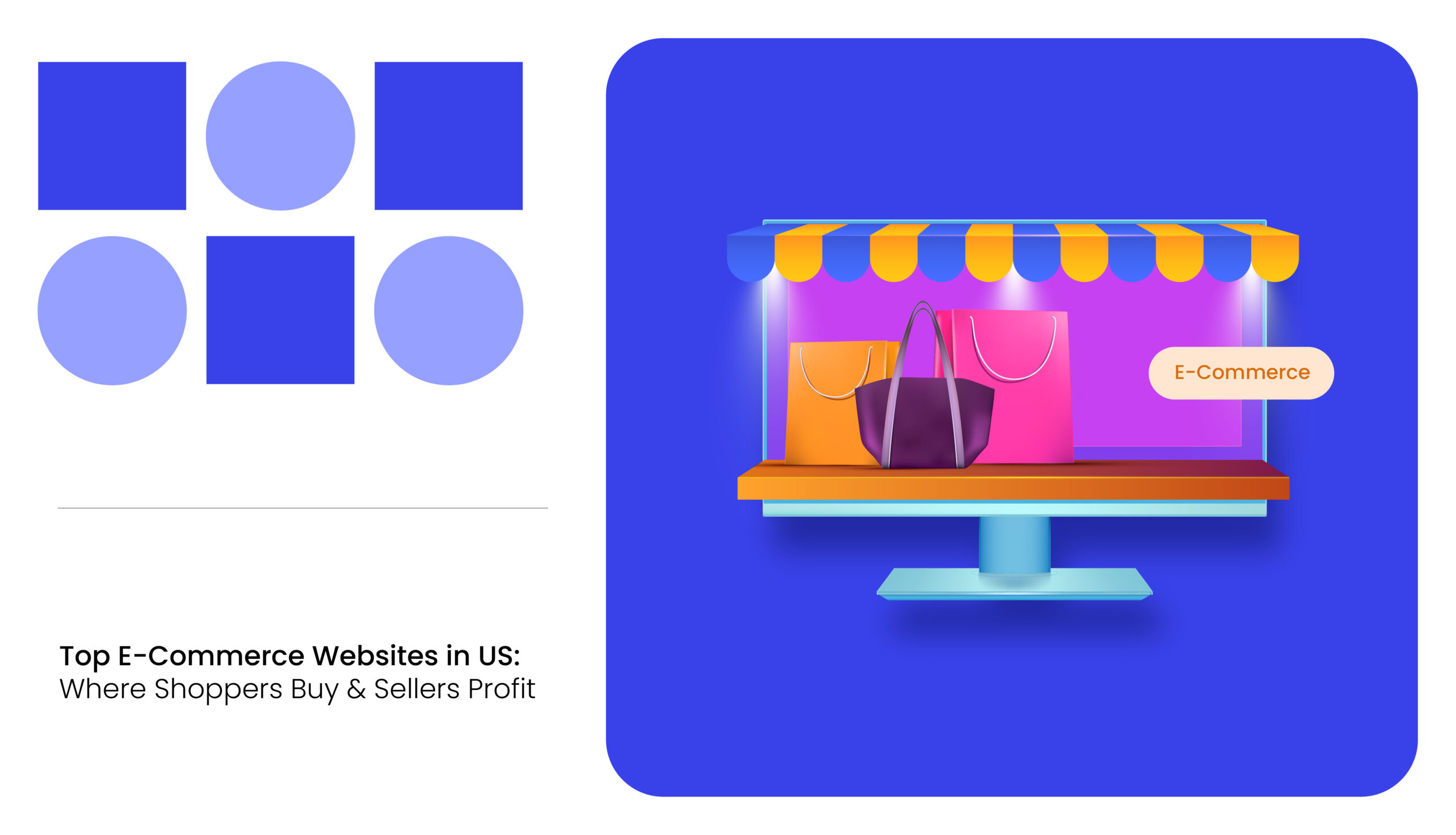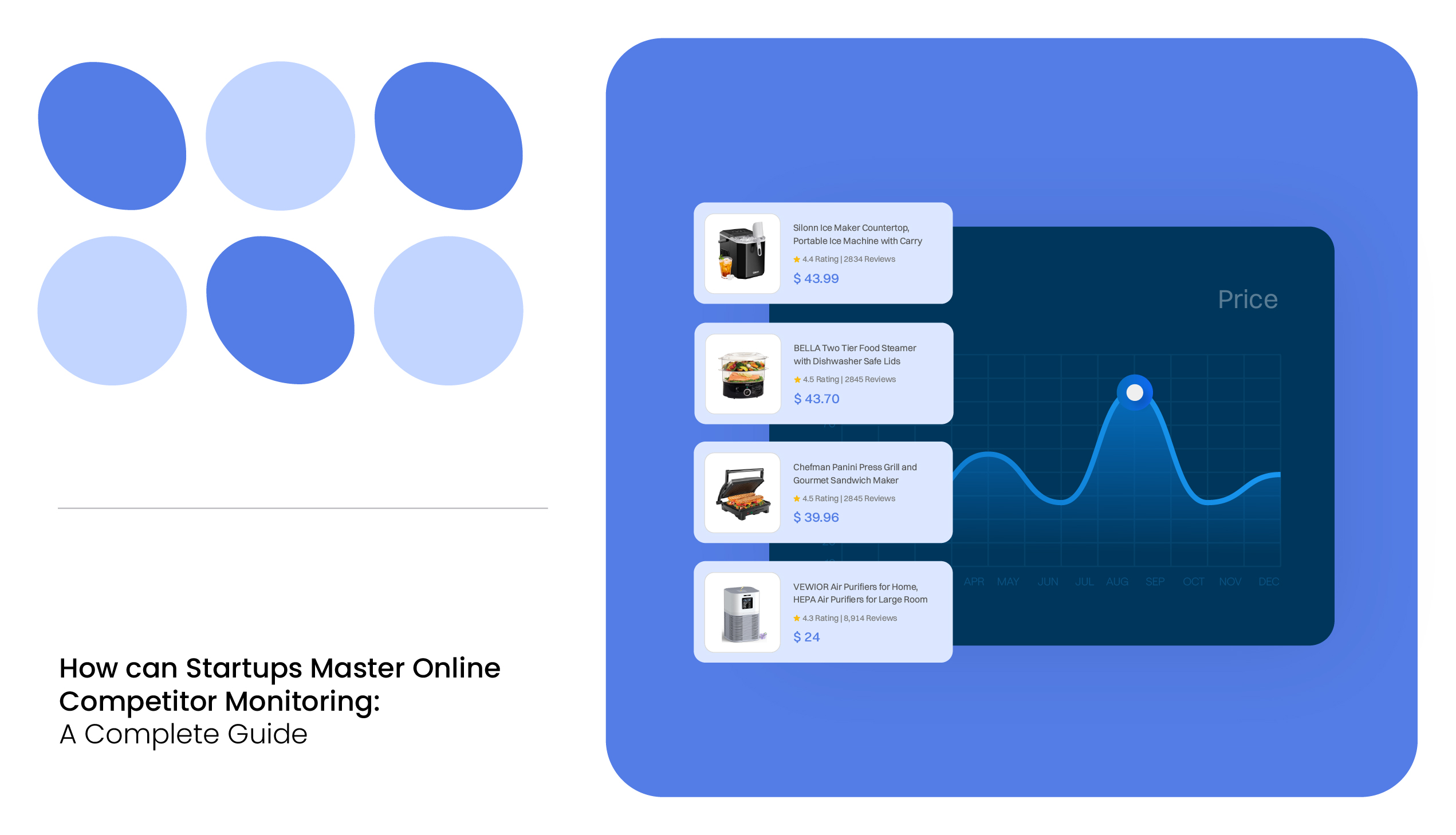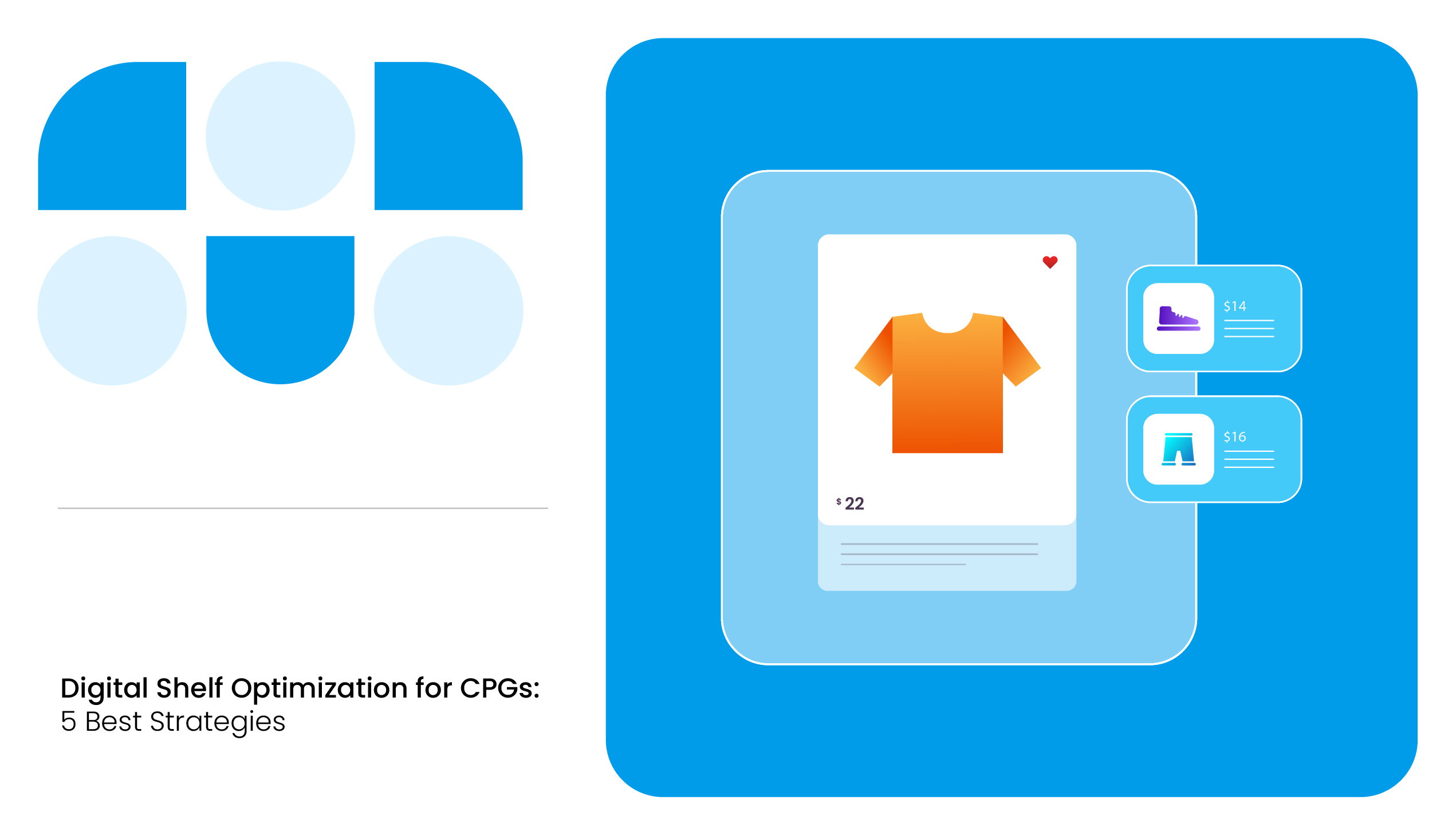Shopping online is more popular than ever, and for good reason—it’s convenient, fast, and often offers a wider selection. In fact, US e-commerce sales reached $1.192 trillion in 2024, accounting for 16.1% of total retail sales.
For brands and retailers, it’s also a great way to reach a larger audience. But with so many e-commerce platforms out there, it can be hard to know where to focus your efforts.
These platforms offer different advantages—some provide unmatched convenience, while others are known for a specific product niche or unique customer experience.
Understanding where shoppers are spending their time and money can help businesses target the right platforms, align their strategies, and ultimately boost their online sales.
In this post, we’ll take a look at the top e-commerce websites in the US and discuss what makes each one stand out.
Amazon
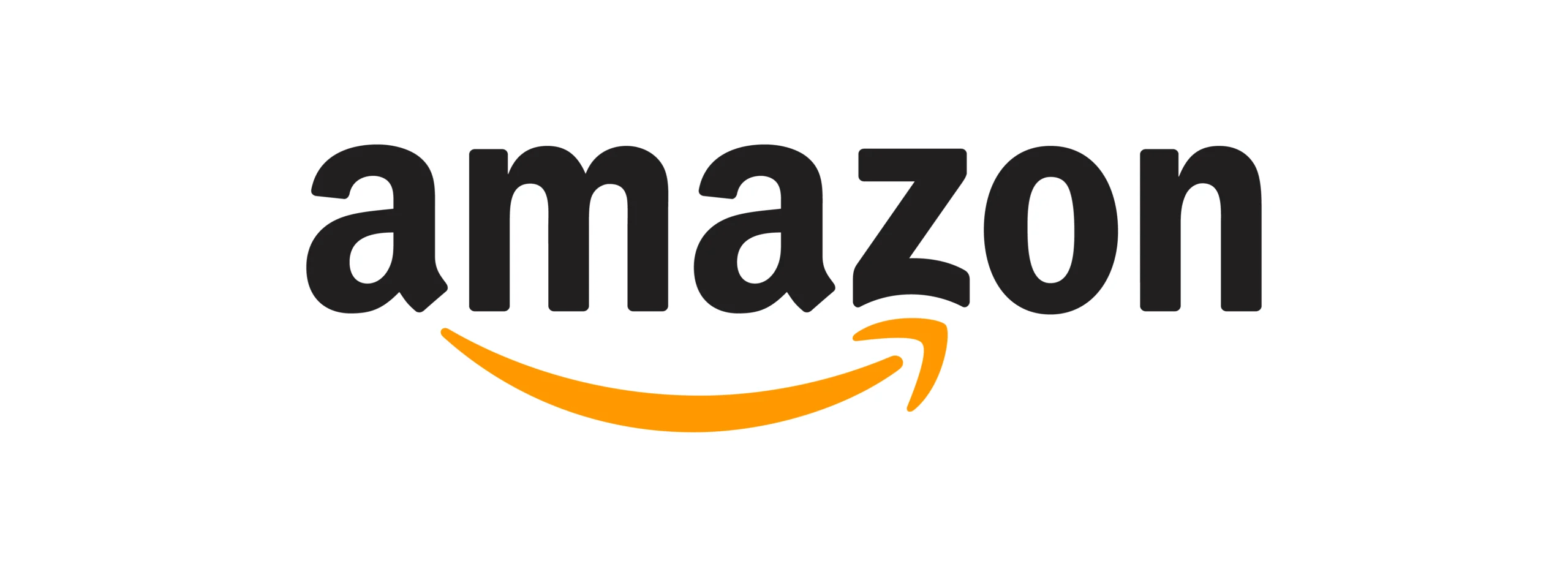
Amazon is the largest online retailer globally, offering a wide range of products in categories such as electronics, books, apparel, and household items. In Q2 2024, Amazon’s net sales reached $148.0 billion, marking a 10% increase from $134.4 billion in Q2 2023.
The platform’s user-friendly interface, personalized recommendations, and services like Amazon Prime contribute to its dominance in the e-commerce sector.
Amazon Prime benefits over 200 million members worldwide with free shipping, streaming services, and exclusive deals. Moreover, Fulfillment by Amazon (FBA) allows sellers to store products in Amazon’s warehouses while Amazon handles packing, shipping, and customer service.
From its inception, Amazon has maintained a strong focus on customer satisfaction. Initiatives like personalized shopping experiences, customer reviews, and a hassle-free return policy have fostered trust and loyalty among consumers. In addition, Amazon’s dynamic pricing strategy ensures that customers often find competitive prices on products.
READ MORE | Want to Know the Top Amazon Performance Metrics for Sellers? Check out 10 Amazon Seller Metrics Every Brand Must Monitor
Walmart
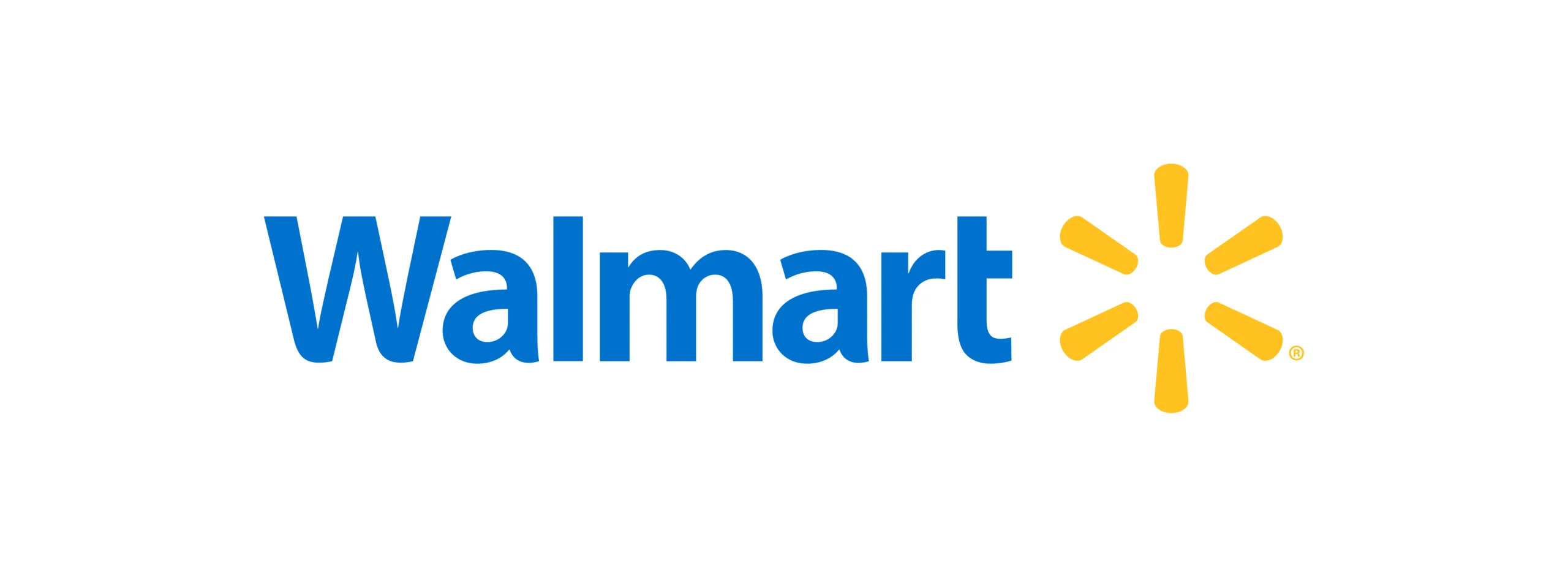
Among the various retailers, Walmart has a significant physical retail presence, with 4,616 Walmart stores in the US as of March 15, 2025. This provides a significant advantage for its e-commerce operations, allowing for seamless omnichannel shopping experiences, such as buy online, pick up in-store (BOPIS), and same-day delivery.
The platform provides a wide range of products, including groceries, electronics, clothing, and household items, appealing to a broad consumer base.
Walmart’s long-standing reputation for offering low prices, especially through its “Everyday Low Price” strategy, makes it highly competitive in the e-commerce space. This helps attract budget-conscious online shoppers who are looking for value. In addition, their price-matching policy also helps attract shoppers who want to save money.
Target
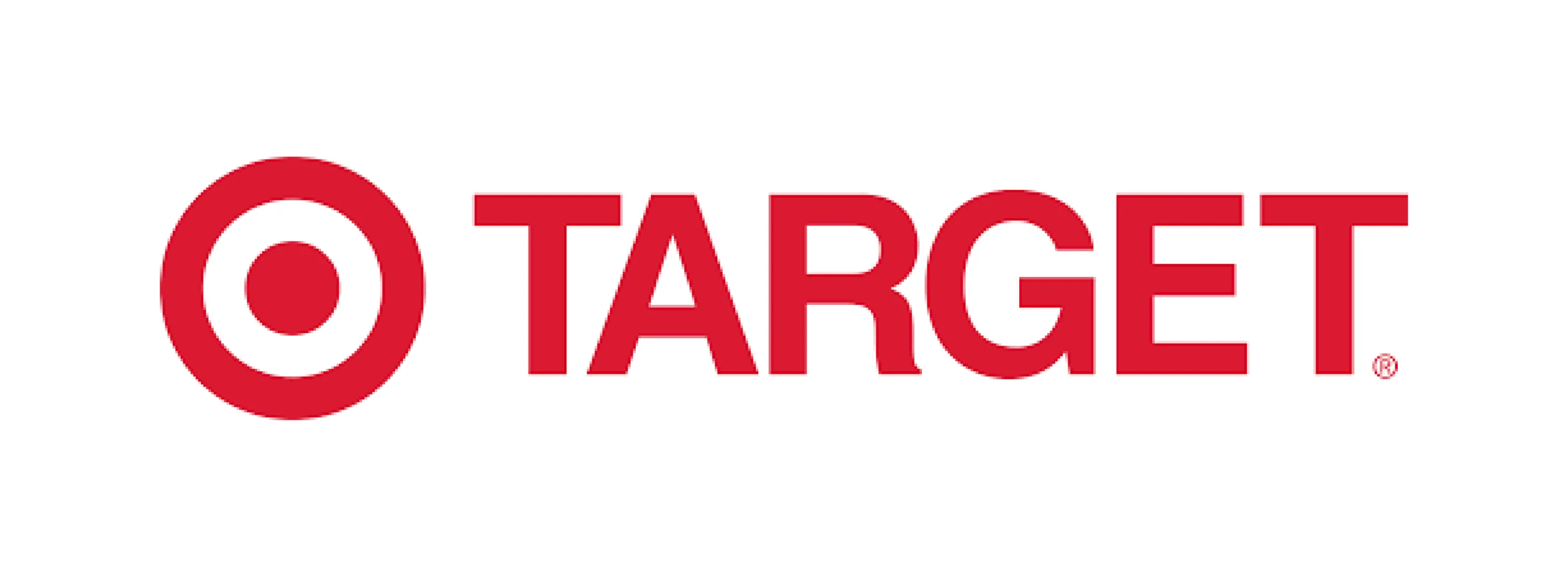
Target’s focus on a seamless shopping experience has contributed to its growth in the e-commerce sector. The company offers services like same-day delivery through Shipt and in-store pickup, making it convenient for customers to shop either online or in person.
This integration allows Target to leverage its physical stores to meet the increasing demand for faster and more flexible delivery options.
It also has a user-friendly website and mobile app, making the online shopping experience simple and efficient. It has expanded its fulfillment centers and enhanced its supply chain, making it easier to fulfill orders quickly and efficiently.
Target offers a wide variety of products, including clothing, electronics, home goods, and groceries. It is also known for exclusive collaborations with popular designers, which attracts a loyal customer base.
Target has cultivated strong brand loyalty with its customers through programs like the Target Circle loyalty program, which offers discounts, exclusive deals, and personalized offers. The company also provides price matching, which enhances customer satisfaction and increases repeat purchases.
Kroger
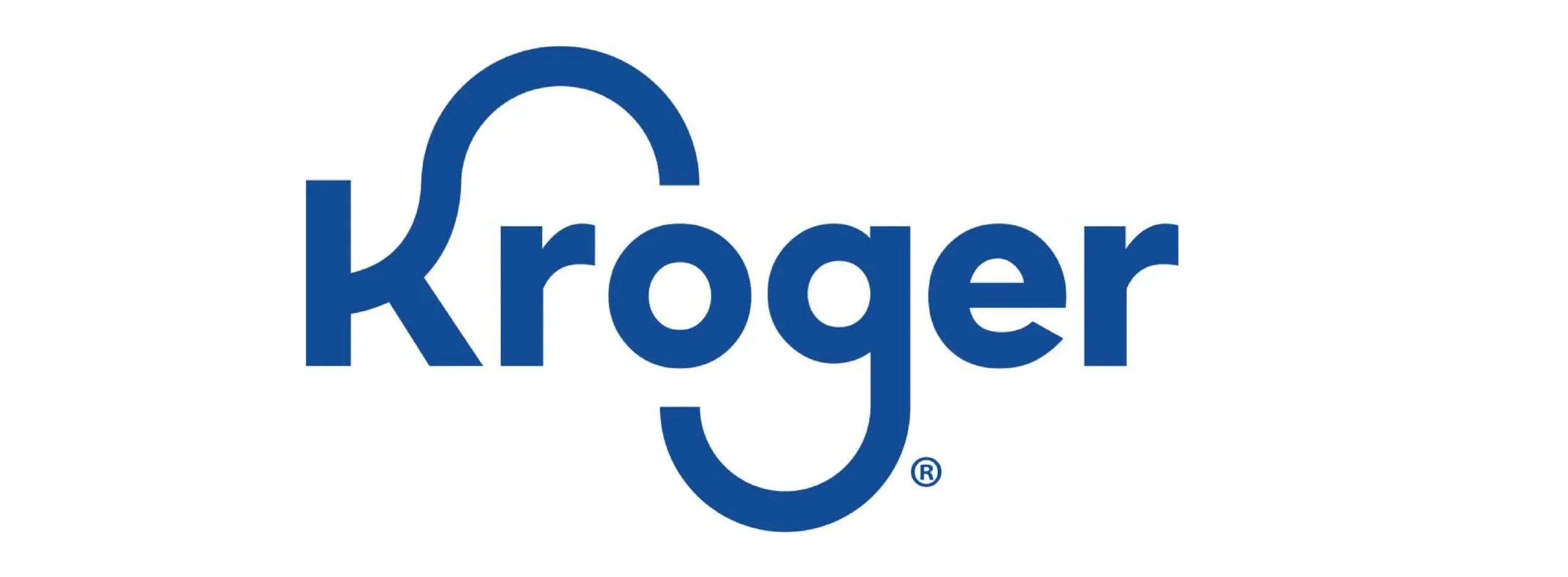
As one of the largest supermarket chains in the US, Kroger has capitalized on the growing demand for online grocery shopping. Its e-commerce platform allows customers to shop for fresh food, household items, and pharmacy products online, with options for home delivery or curbside pickup.
Kroger integrates its physical stores with its online operations, creating a smooth shopping experience. Customers can easily switch between online and in-store shopping and benefit from same-day pickup and delivery options.
Moreover, Kroger emphasizes fresh food, which attracts shoppers looking for quality groceries. They have worked to ensure that the online shopping experience for perishable items is as efficient as possible. In addition, they also offer personalized shopping experiences and tailored product recommendations to retain their customer base.
READ MORE | Want to Know How Kroger Made Simple Truth a Success? Check out How Kroger’s Marketing Strategy Scaled Simple Truth Into a $3B+ Brand.
eBay
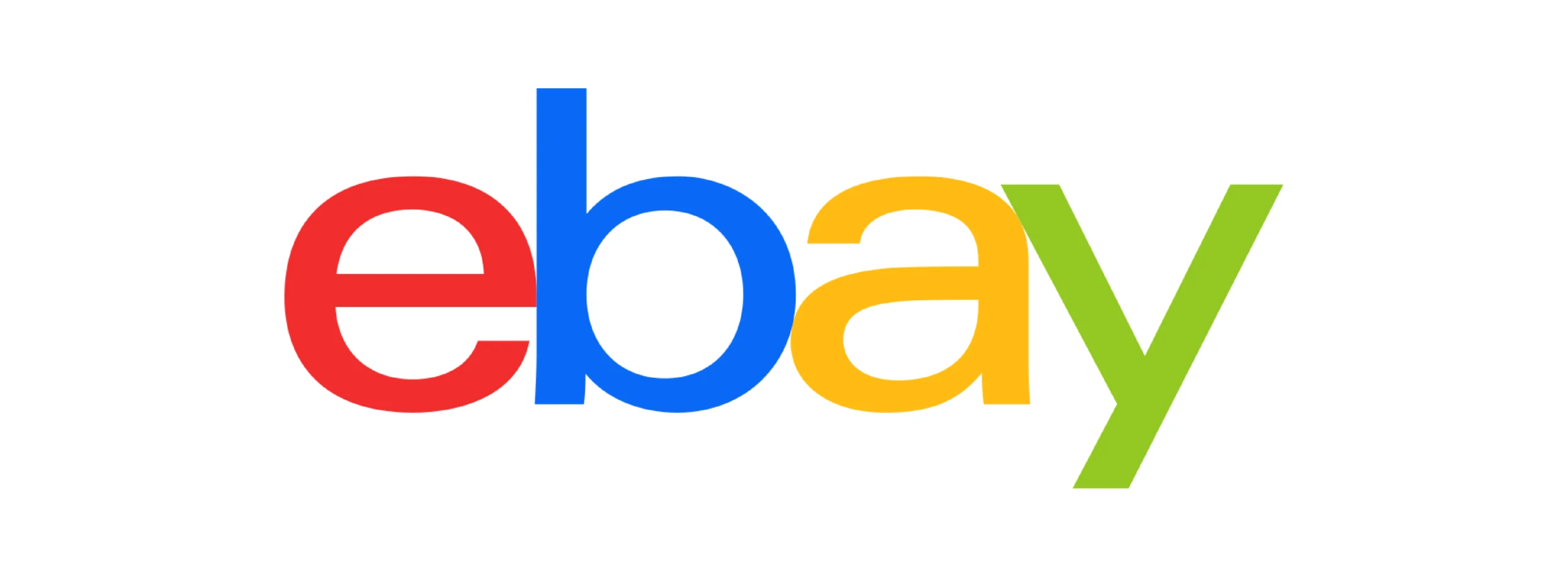
Initially starting as an online auction platform, eBay has grown into a worldwide marketplace where individuals and businesses trade a diverse range of products and services.
According to eBay, their revenue grew to $10.3 billion in 2024, a 2% increase over $10.11 billion in 2023.
eBay is particularly strong in niche markets, such as rare collectibles, vintage items, and refurbished goods, which differentiates it from more general e-commerce platforms. The platform’s unique auction-style listings and product categories attract a diverse audience, offering brands and retailers a unique marketplace to reach customers.
Unlike many other platforms that focus primarily on business-to-consumer (B2C) sales, eBay supports both consumer-to-consumer and B2C transactions. This diversity helps sellers tap into multiple market segments.
Costco

Costco’s e-commerce platform complements its warehouse club model, offering members access to a curated selection of products online. The platform emphasizes bulk purchases and high-quality goods, appealing to value-conscious consumers.
Costco’s strong brand loyalty and membership model contribute to its steady growth in the e-commerce space. This membership provides access to discounts and exclusive offers, encouraging repeat purchases both online and in-store.
It is known for offering competitive prices on products, particularly on bulk items, which appeals to families and individuals looking to save money. The e-commerce platform mirrors this pricing strategy, offering great deals for online shoppers.
In addition, customers can shop online and pick up in-store. This omnichannel experience is attractive to busy consumers who want convenience.
CVS

CVS has expanded its digital footprint, focusing on health and wellness products. The platform offers prescription services, over-the-counter drugs, health products, and everyday essentials online.
CVS’s integration of health services with retail has enhanced its appeal to consumers seeking convenience and comprehensive care. According to Digital Commerce 360, CVS Health is projected to reach $1.01 billion in online sales in 2025.
With a vast network of over 9,900 stores nationwide, CVS offers services like online prescription refills and same-day delivery, providing ease for customers who need healthcare services or products quickly. The ability to buy online and pick up in-store (BOPIS) has further enhanced customer convenience.
Home Depot

Home Depot’s e-commerce platform caters to DIY enthusiasts and professional contractors. It offers a wide range of home improvement products, from tools and appliances to outdoor living and construction materials. The platform also provides resources like how-to guides and project calculators, enhancing the online shopping experience.
Home Depot effectively combines its brick-and-mortar stores with its online platform. Customers can buy online and pick up in-store (BOPIS), which enhances convenience and provides faster access to products. This integration strengthens customer loyalty and drives traffic to both online and physical stores.
Home Depot’s e-commerce sales have been growing steadily, reaching $19.7 billion in 2024, making it one of the top online marketplaces in the US. The shift in consumer shopping behavior towards online channels, especially in home improvement, has played a significant role in Home Depot’s rise in the e-commerce market.
Custom CTA- Optimize Your Online Sales with MetricsCart. Track your Product Visibility, Competitor Pricing, and Customer Demand in Real-Time. [.]
Best Buy
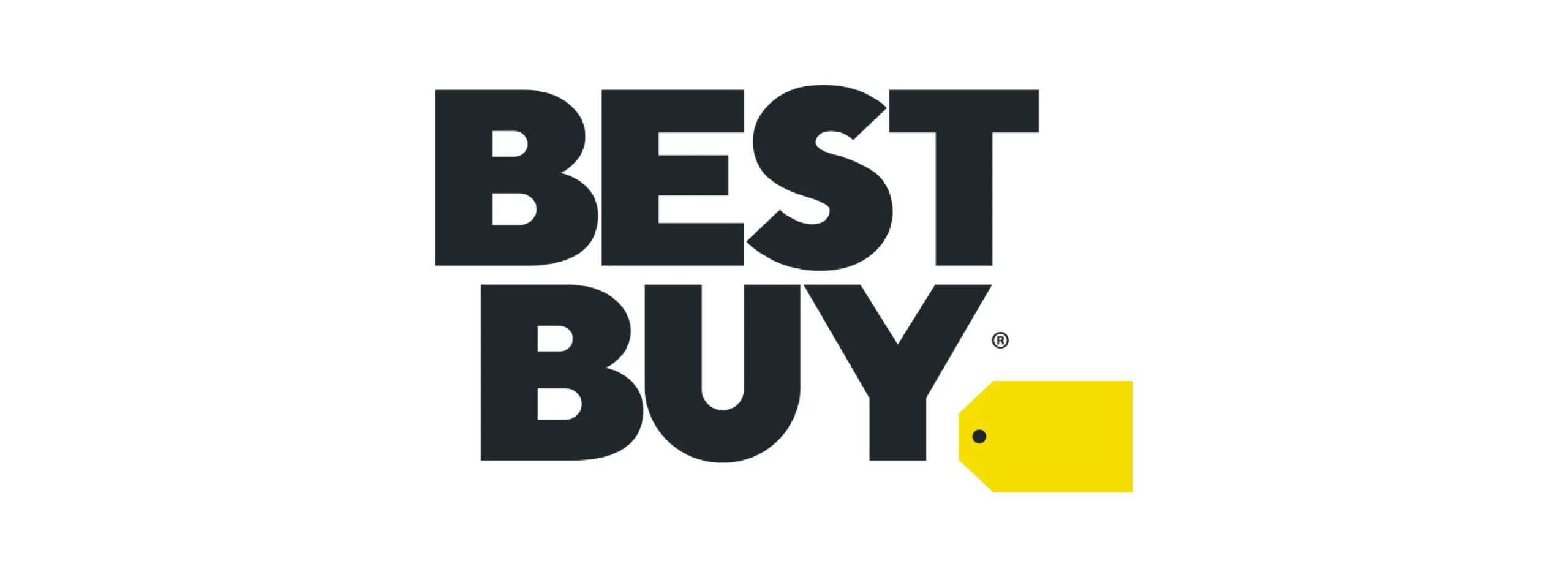
Best Buy specializes in electronics and appliances, offering a comprehensive online catalog. As a leading retailer in these categories, it attracts a large customer base that prefers to shop online for high-value, often complex products such as TVs, smartphones, laptops, and home appliances.
The company’s Geek Squad customer service provides tech support, product installations, and troubleshooting, which appeals to consumers who may need expert assistance with their electronics and appliances. It adds significant value to online purchases, encouraging shoppers to choose Best Buy for their tech needs.
Best Buy offers competitive pricing with a price match guarantee, ensuring customers get the best deal. This policy is crucial in the highly competitive electronics market, where consumers often shop around for the best price before making a purchase.
Moreover, Best Buy’s e-commerce platform is user-friendly, well-organized, and easy to navigate. It provides detailed product descriptions, reviews, and customer ratings, which help consumers make informed decisions.
Macy’s
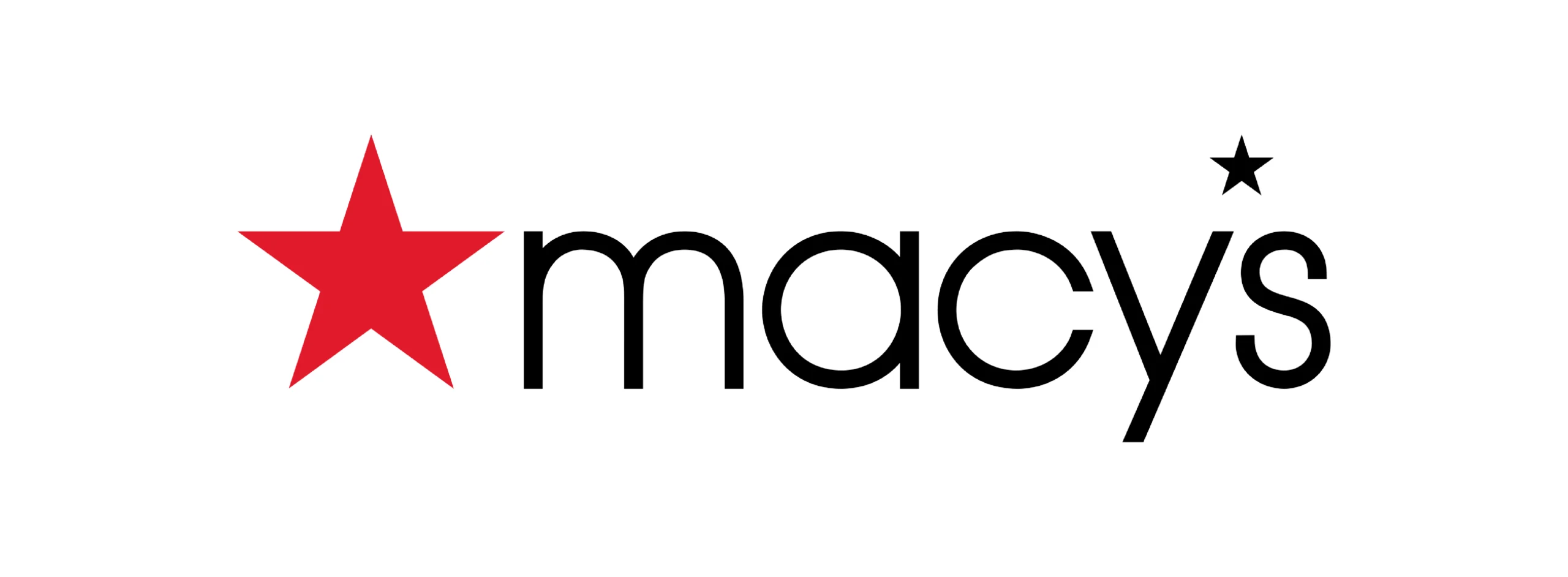
Macy’s has transitioned its traditional department store model to an online marketplace, offering a wide range of products, including apparel, beauty products, home goods, and furniture. This diverse range appeals to a broad audience, from fashion-conscious shoppers to those looking for home essentials, creating multiple sales channels within its e-commerce platform.
Macy’s leverages promotions and loyalty programs to stay competitive and uses data analytics to personalize shopping with tailored recommendations and exclusive deals.
Moreover, Macy’s is well-known for its seasonal sales events, such as Black Friday deals and holiday promotions. These sales increase traffic and boost online shopping, making it a competitive platform for consumers looking for discounts.
They also effectively used social media platforms to engage with customers, promoting their products, events, and special offers, attracting younger shoppers who prefer the convenience of online shopping.
Conclusion
The US e-commerce landscape is full of opportunities, with platforms like Amazon, Walmart, eBay, and Macy’s each offering unique advantages. Understanding what each platform offers is essential for brands looking to expand their reach and boost sales.
By choosing the right platform for your products and audience, you can tap into new revenue streams and watch your business thrive.
However, to truly stay ahead of the game, leveraging a digital shelf analytics platform like MetricsCart is a game-changer. It gives you real-time insights into product performance, pricing, and inventory, helping you make smarter decisions and maximize profitability.
Take Your Online Sales to the Next Level.
New sellers often find success on Amazon, eBay, and Etsy due to their large customer bases and easy-to-use platforms. Amazon offers extensive tools and resources for beginners, while eBay is great for niche or secondhand products. Etsy is ideal for handmade or unique items.
Consider the type of product you’re selling, your target audience, and your fulfillment capabilities. For example, if you’re selling tech products, Best Buy or Walmart may be your best options. For handmade or vintage items, Etsy is a strong choice. Research the marketplace’s fees, audience demographics, and competition before making a decision.
Yes, you can sell across multiple platforms. Many sellers list their products on Amazon, eBay, and Walmart simultaneously to reach a larger audience. However, it’s important to manage inventory and pricing effectively to avoid overselling or confusion.
Fees vary by marketplace, but they typically include listing fees, transaction fees, and shipping costs. For example, Amazon takes a referral fee based on the product category, while eBay charges a percentage of the sale price. It’s essential to factor these fees into your pricing strategy to maintain profitability.
Fulfillment options depend on the marketplace. Amazon offers FBA (Fulfillment by Amazon), where they handle storage, packaging, and shipping. Walmart and eBay also have fulfillment services, or you can manage your shipping. Make sure to research each marketplace’s policies to ensure timely and cost-effective delivery to customers.

